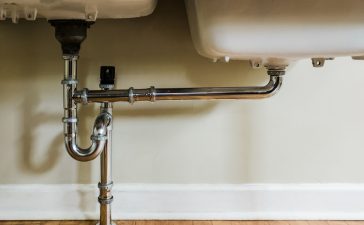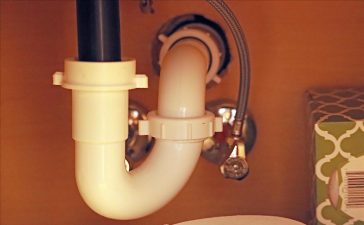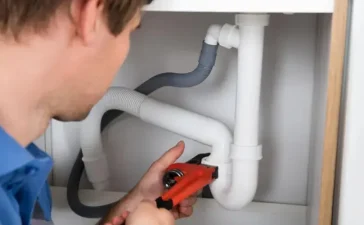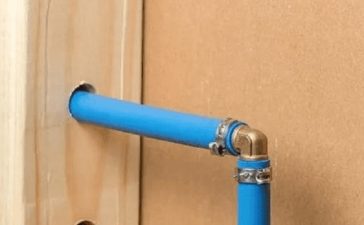Is Your Plumbing Missing These Drainage Essentials?
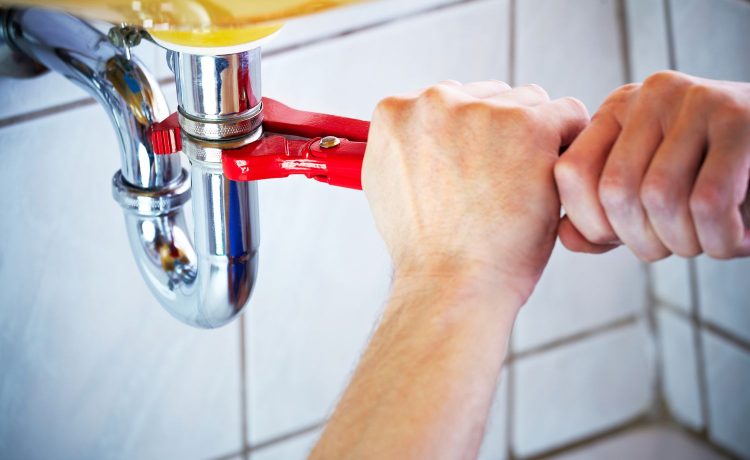
When it comes to maintaining a home’s plumbing system, most homeowners tend to focus on visible aspects like faucets, toilets, and bathtubs. While these fixtures are essential, there’s a much larger, often hidden, system at play behind the scenes: your home’s drainage system. A properly functioning drainage system is crucial for the efficient removal of wastewater, prevention of clogs, and maintenance of good water flow. However, without some essential components in place, your plumbing system might not be performing as it should. In this article, we’ll explore key drainage essentials that every plumbing system should have—and why missing or neglecting these components can lead to frustrating and costly problems.
1. Proper Ventilation for Drainage Systems
One of the most overlooked yet essential components of any plumbing system is proper ventilation. Plumbing vents allow air to enter the drainage system, preventing the creation of a vacuum as wastewater flows through pipes. Without proper ventilation, you may notice slow drainage, gurgling sounds, or, in severe cases, backups.
Vents play a critical role in maintaining the flow of water and sewage by equalizing pressure within the system. When wastewater flows down your pipes, air is drawn in through the vent system, allowing smooth, uninterrupted flow. If your plumbing system is missing or has a damaged vent, wastewater may not flow efficiently, leading to stagnation and unpleasant odors. It is essential that every fixture with a drain—whether it’s in your kitchen, bathroom, or laundry room—be connected to an appropriate vent.
2. Traps in Every Drain
A trap is a U-shaped pipe that holds a small amount of water in the system at all times. This water acts as a seal, preventing sewer gases from rising through your drains and entering your home. Without traps, your home’s plumbing would be vulnerable to foul odors and potentially hazardous gases like methane or hydrogen sulfide.
Every sink, tub, and toilet should be equipped with a trap, including specialty drains such as those in floor drains, washing machines, and dishwashers. If any drain is missing its trap, it may cause unpleasant smells or put your family at risk of exposure to harmful sewer gases. Common types of traps include P-traps (used in most home fixtures), S-traps (often found in older homes), and drum traps (used in older plumbing systems). If you notice any smell from your drains, a missing or malfunctioning trap might be the culprit.
3. Cleanout Ports for Maintenance
A cleanout port is a small access point strategically placed in your plumbing system, typically near main drain lines. It allows a plumber to clear blockages or buildup in the pipes without having to remove sections of the plumbing system. Having a cleanout port in place ensures that routine maintenance or emergency repairs can be done quickly and efficiently.
Many homeowners don’t realize the importance of cleanout ports until they encounter a serious clog or blockage. Without them, clearing a clog deep within the plumbing system can be a costly and time-consuming process. Cleanouts are particularly important for homes with long or complex drain lines. Make sure that your plumbing system includes accessible cleanouts at key points. If you don’t have them, it may be worth consulting a plumber to install them for added convenience and long-term maintenance.
4. Backflow Prevention Devices
Backflow is a phenomenon where contaminated water flows backward into your potable water supply, potentially leading to serious health risks. Backflow can occur when there is a change in water pressure, such as a drop caused by a sudden water main break or when a pump or irrigation system operates. To prevent backflow, every plumbing system should be equipped with a backflow prevention device.
There are several types of backflow prevention devices, including check valves, air gaps, and vacuum breakers. These devices allow water to flow in only one direction—away from the clean water supply—and prevent any contaminated water from reversing course. Without these devices, your home’s plumbing system could be at risk of contamination, posing significant health risks to your family. Backflow prevention devices are particularly important in areas like the kitchen, where water is in constant contact with food, and in irrigation systems that use untreated water.
5. Sump Pumps for Flood Prevention
If you live in an area prone to heavy rainfall or flooding, a sump pump is an essential piece of drainage equipment. These devices are installed in basements or crawl spaces to remove excess water that may otherwise cause flooding or water damage. The sump pump works by collecting water that accumulates in a sump pit and pumping it out of the house to a designated drainage area, typically a storm drain or well.
Without a sump pump, you risk water pooling in low-lying areas of your home, which can lead to mold, mildew, and structural damage. Sump pumps are vital for protecting your home’s foundation and preserving the integrity of your plumbing system. Additionally, they help maintain a dry, healthy environment in areas that are susceptible to moisture buildup. For homes located in flood zones, sump pumps are not just an essential plumbing fixture—they’re a lifesaver.
6. Properly Sized Drains and Pipes
The size of your home’s drain pipes is crucial to the efficiency of the plumbing system. If your pipes are too small for the amount of water flowing through them, you’ll likely experience slow drainage, frequent clogs, or even potential water damage. On the other hand, pipes that are too large can be inefficient, leading to water stagnation or freezing in colder climates.
A well-designed plumbing system should have pipes sized appropriately for each type of fixture. For instance, a bathroom sink requires smaller pipes than a kitchen sink or shower, which have larger water demands. It’s important that a professional plumber ensures that your home’s pipes are appropriately sized according to local codes and the specific needs of your plumbing system. If you’re undertaking a renovation or installing new fixtures, don’t overlook the need for properly sized drain pipes to prevent long-term drainage issues.
7. Grease Traps for Kitchen Drainage
Grease traps are essential in kitchens where food preparation and cleaning occur. These devices are installed in the plumbing lines leading from kitchen sinks, dishwashers, and other appliances to catch grease, oil, and food debris before they enter the main drainage system. Without a grease trap, fatty substances can accumulate inside the pipes, leading to clogs and potential backups in your kitchen drainage.
Installing a grease trap in your kitchen can prevent costly plumbing issues and keep your kitchen running smoothly. Regular maintenance and cleaning of the trap are essential for ensuring it continues to function properly. If you notice slow drainage or unpleasant odors in your kitchen, a clogged or improperly maintained grease trap may be the cause.
8. Proper Drainage Slope
Every drainage pipe needs to be installed with the correct slope to ensure efficient water flow. Drainage pipes should typically be sloped at a rate of 1/4 inch per foot to allow gravity to move wastewater down and away from your home. If your pipes are installed at an incorrect angle or lack sufficient slope, water can pool inside the pipes, creating blockages and an environment for bacteria growth.
Proper slope is particularly important in basement and underground drainage systems, where gravity plays a significant role in ensuring that water flows away from the house. If your plumbing system is older or hasn’t been inspected in years, it might be worth having a professional plumber assess the slope and make adjustments if necessary.
9. Routine Maintenance and Inspections
Lastly, one of the most important drainage essentials is regular maintenance. Even if your system includes all the right components, it’s essential to ensure that they’re functioning optimally. Routine inspections, cleaning, and preventive maintenance can extend the life of your plumbing system and prevent unexpected issues.
A professional plumber can assess the condition of your drains, pipes, and other plumbing components and make necessary repairs or upgrades. Regular maintenance can also help detect potential problems early on, such as small leaks or pipe corrosion, which could develop into major issues if left unchecked.
Conclusion
A home’s plumbing system is more than just a network of pipes and fixtures—it’s a finely tuned system that requires careful attention to its essential components. From properly installed vents and traps to backflow prevention devices and sump pumps, each element plays a critical role in ensuring the efficiency and safety of your home’s drainage system. By ensuring that your plumbing includes all of these essentials, you can prevent costly repairs, enhance your home’s comfort, and maintain the integrity of your plumbing system for years to come. Regular inspections and proactive maintenance are key to keeping your drainage system in top condition and avoiding unexpected issues down the road.





